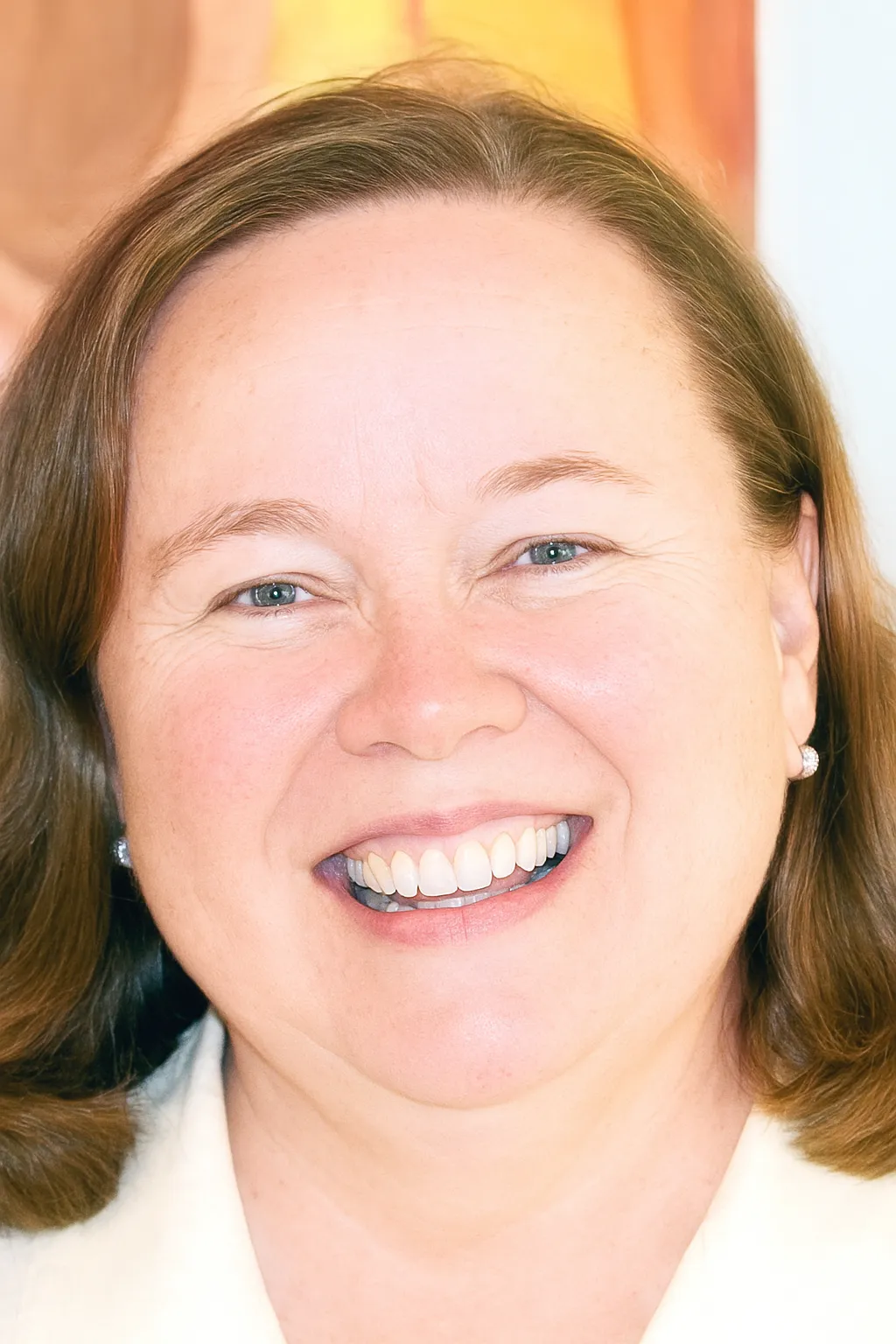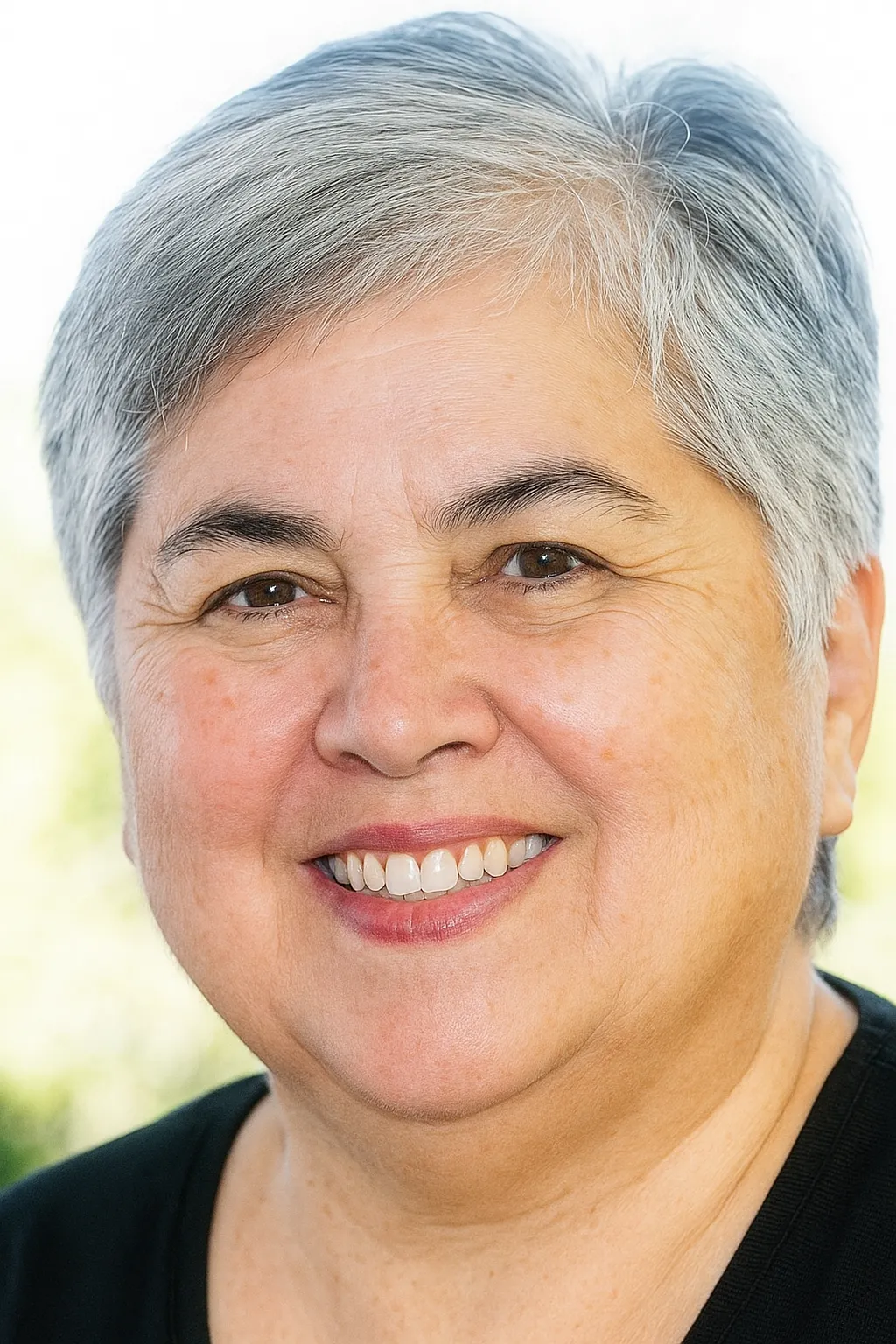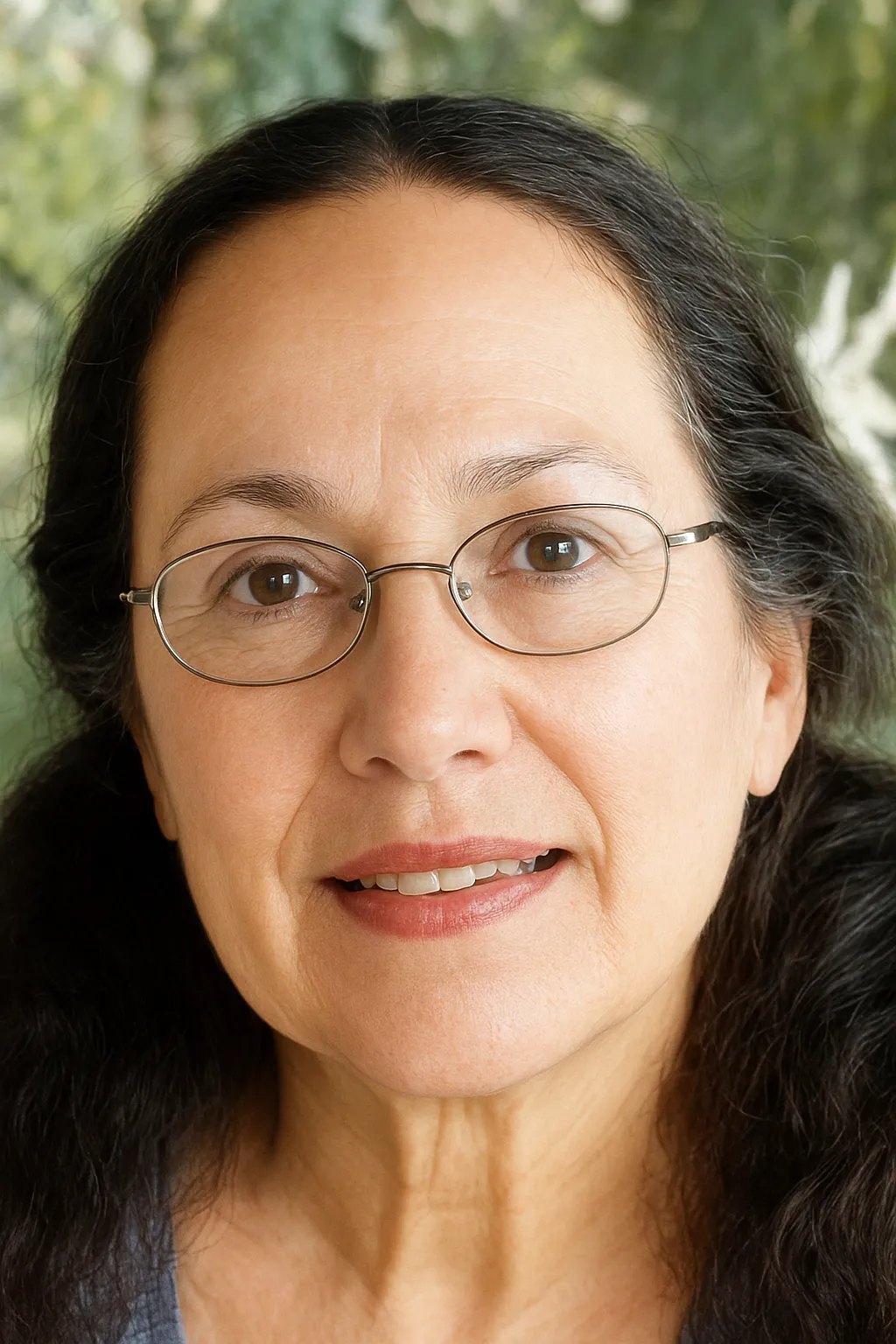Geothermal energy has received some deservedly bad press in Hawaii.
We confess we may have had something to do with that. We were once among the activists who strongly opposed the development of geothermal energy on the Big Island, not because we are anti-business or anti-energy independence, but because we are pro-community.
Past approaches used what state energy administrator Ted Peck in a PBN article Oct. 8 rightly called the “bulldozer” approach. Mainland corporations, along with state and federal agencies, moved fast and furiously to capture profits, while ignoring the local community’s economic and cultural rights and interests.
For us, and others on the Big Island, geothermal looked like just another example of “export development” where high negative impact on local communities is looked like the price paid for meeting Oahu’s seemingly insatiable energy demand.
IT’S NOT THE 1980S ANYMORE
But that has changed. And for the better. Important advances have been made since the 1980s in legal regulations, environmental awareness, respect for indigenous cultures, and Native Hawaiians’ (indigenous peoples’) participation and influence.
As a Native Hawaiian-owned and operated company, Innovations Development Group is dedicated to helping Hawaii become the world’s leading renewable and sustainable electricity-generating market. And we welcome the renewed interest and investment potential in geothermal, because unlike past efforts, this time we can get it right.
So, what has changed over the last decades? Plenty. We now have the will and the means for ensuring that it is “community-based.” And that’s where IDG can make a difference.
- The Pele Defense Fund case set higher standards for public and Native Hawaiian participation in resource development, including cultural rights and access for worship.
- Ecological awareness has increased. People are now deeply concerned about climate change, sustainability, landfill problems and fossil fuel costs.
- Environmental impact statement (EIS) laws now include impacts to cultural resources, practices and belief systems, and require extensive input from local communities.
- New technologies and safety standards have reduced the risks of drilling accidents, and enable subsurface resource development without the destruction of surface land, water and air. The emerging “smart grid” ensures that energy generated from geothermal won’t overload our energy infrastructure.
IDG’s goal is to be international leaders in renewable-energy generation throughout the Pacific region. We believe we can be a crucial participant in the development of geothermal energy in Hawaii.



ROBBIE CABRAL
PATRICIA BRANDT
MILILANI TRASK
A MODEL FOR INDIGENOUS PEOPLE’S PARTICIPATION: A FIRST IN NEW ZEALAND
We’ve created and successfully implemented a model of native-to-native joint venture partnerships. This model requires that indigenous land and resource owners participate in and benefit from the development process.
It includes equity ownership and returns, shared profits, voting seats on companies’ boards of directors, scholarships, training and employment options and payment of participation costs.
Our work in New Zealand demonstrates the success of the native-to-native model. There, IDG has forged partnerships with Maori trusts to develop land, geothermal and wind projects that are making significant contributions to that nation’s alternative-energy production, while benefiting all the stakeholders.
Here in Hawaii, we are already advising one development of a major geothermal project, while completing the cultural protection strategies and archaeology report. We’re helping manage complex relationships among diverse parties and providing consultation on community monitors with expertise in CIS, CAR, archaeology, cultural practice, protocol and burial issues.
Our primary goal is for the Big Island to be energy self-sufficient in 15–20 years, but geothermal should benefit Oahu as well. Our socially responsible, community-based approach will result in increased energy and revenue for local and state governments, island consumers, the local community and Native Hawaiians. We are also committed to lower electricity rates for all consumers.
In the Oct. 8 PBN article, Karl Stahlkopf says that for geothermal to move forward in Hawaii we need to come to some kind of “cultural détente.” We disagree. We can do better than that. The key for geothermal to succeed begins with the recognition of all stakeholders. Secondly, we must institute policies and mechanisms that address stakeholder interests. We must understand the cultural complexities and create protocols that satisfy native practitioners’ rights under the law.
Geothermal in Hawaii can flourish through indigenous stewardship of sustainable projects using native resources and peoples. Geothermal energy can be sustainable, deliver long-term benefits to the community and generate a fair profit to business. We believe that Tutu Pele would be pleased.
ROBBIE CABRAL is IDG’s founder and senior adviser.
PATRICIA BRANDT is the CEO.
MILILANI TRASK, an attorney, is the authority on indigenous issues. They can be reached at info@idghawaii.com or at www.innovationsdevelopmentgroup.com
Listen to the students when deciding public policy
There has been public discussion about the state constitutional amendment that would allow the governor to appoint the Board of Education, but student voices have not been a prominent part of the discussion. As an educator, I thought an important element was missing, and I decided to ask the high school students I work with to debate the issue.
When we started the debate, there was one group of students who favored an appointed board, a slightly larger group favoring an elected board, and a similar large group who were undecided.
The group favoring an appointed board focused their arguments mainly on the concept of getting things done. They argued that having a board that shares the governor’s vision of education would be more productive, allowing a common vision to drive policies. They also argued that since we elect a governor to make other big decisions affecting the state, the governor should be able to do the same for educational policy. They commented that such an approach to governance is fully consistent with democratic principles, since judges and cabinet members are appointed rather than elected.
The group favoring an elected board had several points to make. They first addressed the issue of voters who don’t cast ballots in Board of Education races. The students argued that just because some voters may not care about those races, it would be unfair to those who do care to deprive them of their right to vote. Punishing the people who are the most civic-minded by taking decisions out of their hands would run contrary to democratic values.
Second, the students argued that just because the governor should be held accountable for appointing an effective board does not mean anyone would hold him or her accountable. They pointed out that a governor’s race covers a variety of issues, and education may not always be prominent in an election. In short, a governor who performed poorly on educational issues could still be reelected because of other concerns.
The group’s third argument was that a board appointed by one person could easily end up being too similar in its views, not reflecting the diversity of opinions in the community. An elected board would, in their view, be more diverse and more willing to consider dissenting ideas. An appointed board could tend to suppress good ideas that did not fit the prevailing view.
After some questions and rebuttals, I asked the students to vote secretly on whether they would now favor an elected or appointed board. The elected side won, but the vote was fairly close (14 to 10). This seems to reflect the debate in the larger community: We sense the need to try a different approach when it comes to education, but we’re not all convinced this particular strategy is the right one.
This exercise reinforced my belief that our young people have valuable insights to offer on the issues that affect them. Indeed, their arguments impressed me more than what I have heard from most politicians on this issue. I hope that all our community leaders will make more effort to include and promote these student voices.
JASON GEORGE is a guidance counselor in the Upward Bound program, based at Leeward Community College. He is the son of PBN Managing Editor Jim George.


